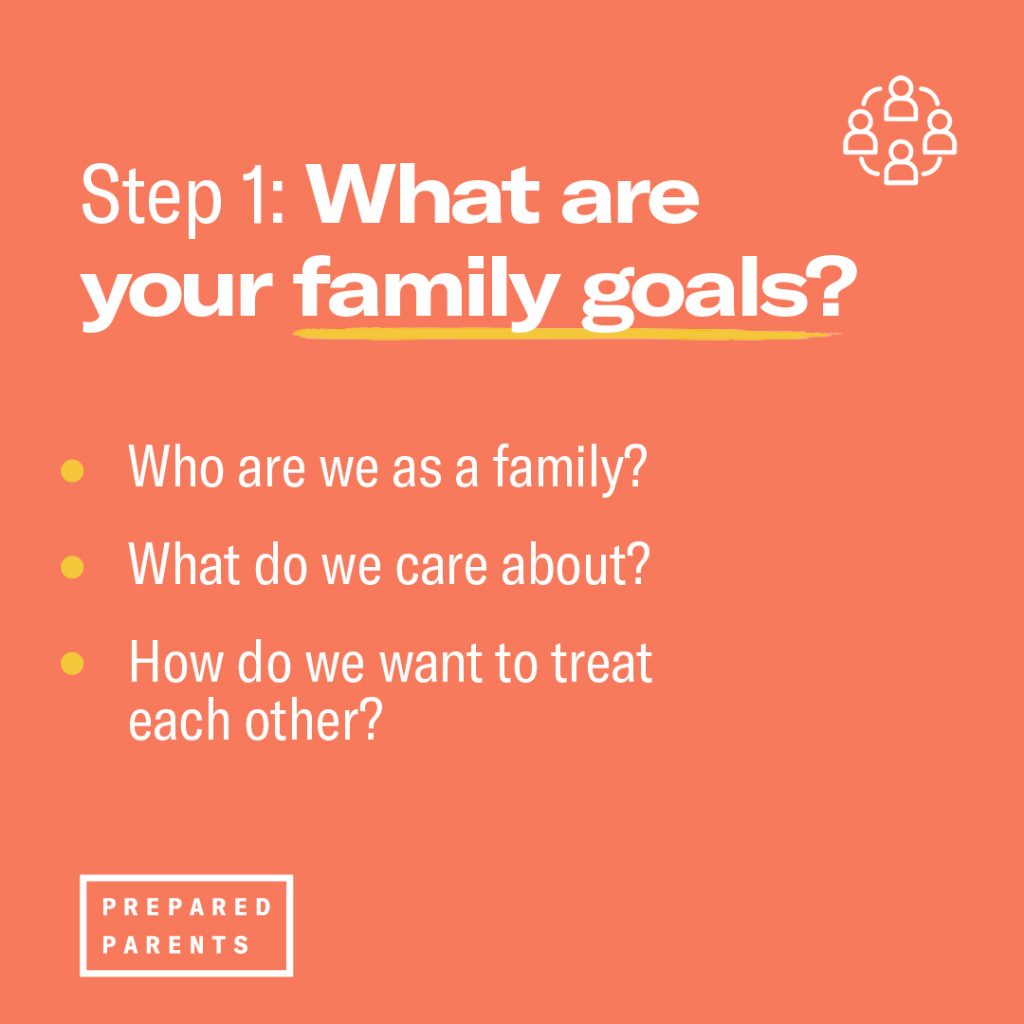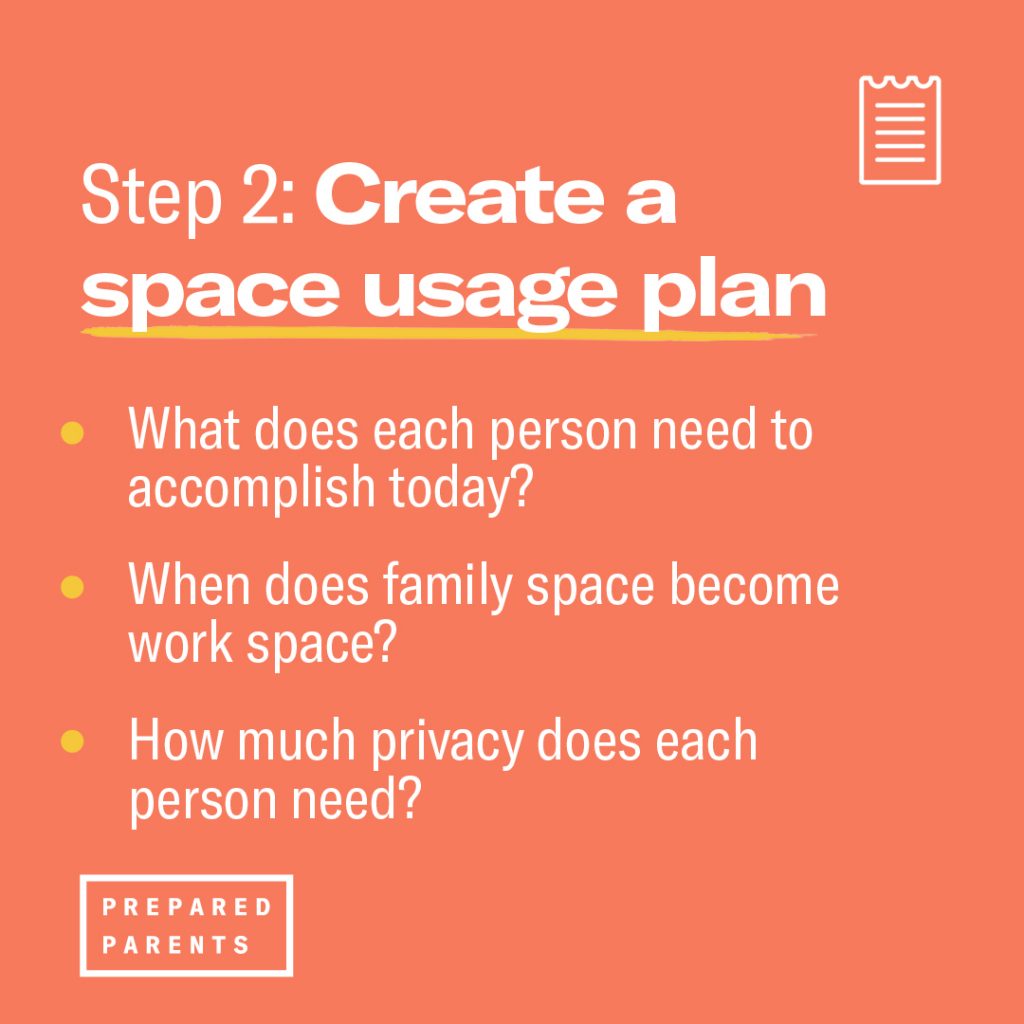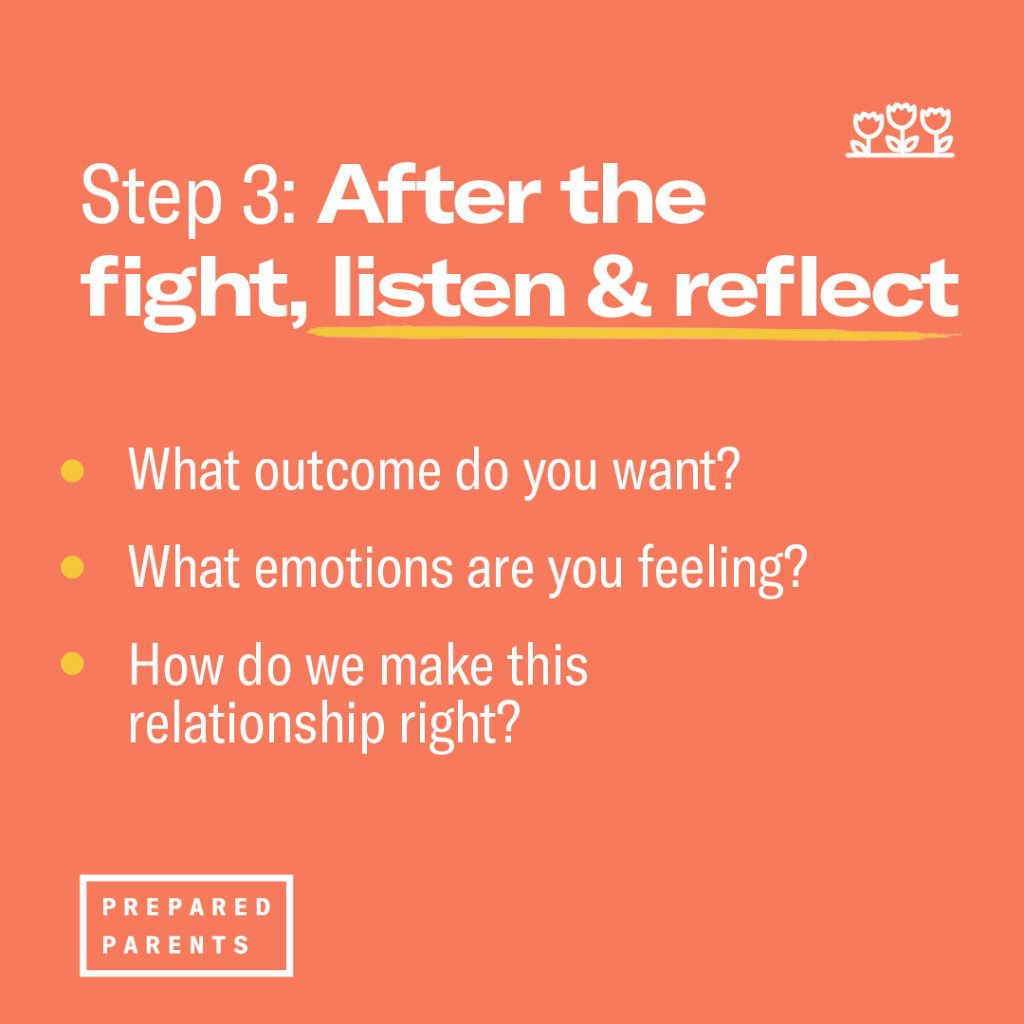Living and working on top of each other, sometimes in cramped quarters, gives rise to many opportunities for conflict. But with a little but of effort, we can figure out a way to not only get along, but thrive. After all, we want to continue to talk to each other!

These three steps help to minimize conflict and maximize productivity.
- Creating a family mission statement
- Designing a space usage plan
- Taking a moment to reflect on the impact of our current circumstances
Managing conflict, learning to live with one another, and collaborating are all among the most important skills for our kids to develop early in life. We call them Universal Skills, and they transfer to our kids’ work lives as adults. These skills include adaptability, collaboration, communication, creativity, critical thinking, and problem-solving, and they become even more powerful when they build on one another. Employers and colleges have also consistently rated these skills as the most significant for future job candidates year after year, by reports published by the National Association of Colleges and Employers, the World Economic Forum, and LinkedIn, among others. And, when paired with the 16 Habits of Success, they prepare our kids to tackle academic and non-academic pursuits.
Create a family mission statement

Start by sitting down as a family and setting goals and boundaries for how you are going to co-exist. Let’s call it a family mission statement. In its simplest form, it’s a list of goals for your family as you continue to live and work together in close quarters. Make it a family discussion—a time when everyone can speak unchallenged as all families members listen.
Guide the conversation with these three questions:
- Who are we as a family?
- What do we care about and value?
- How do we want to treat each other?
Your answers are likely to be different since perspectives are shaped through individual experiences, but ultimately you can reach consensus. The mission statement you land on will be a reminder that adds direction to daily life (your family’s north star). As circumstances change, revisit your statement to edit and update it.
Design a space usage plan

Next, think about your space. Whether you are living in an apartment or house, urban city center, or rural community, you have to look at your space and decide how you want to use it as a family. This isn’t going to be a one-time plan, so think flexibility.
When the whole family occupies the same square footage, how we use the space changes depending on what’s happening. To manage your family’s work flow, start the day talking about what each family member needs by answering these questions:
- What does each person need to accomplish today?
- What time does family space become a workspace?
- How much privacy does each person need to avoid distractions?
- When will we shift from work/school back to family time?
Now let’s focus on three essentials: comfort, organization, and privacy.
Comfort
Just like Goldilocks at the Three Bears’ house, choose seating for you and your kids that’s comfortable, but supportive. Although the bed may feel especially cozy, don’t settle in there. Maintain boundaries between where you and the kids sleep and work so you won’t be tempted to rest when you should be working or work when you should be sleeping.
You may need to move some furniture around to create work pods. Before you do any heavy lifting, check the distance to electrical outlets and internet connections. Make sure there’s adequate lighting to avoid eye strain. To boost internet connectivity, ask your kid’s school if they’re providing hot spots.
An ergonomically designed chair will save you from back pain, but they’re pricey. Some companies are purchasing furniture for their employees, but if yours is not, save the receipt and ask your accountant if you can deduct the expense on your income taxes.
Organization
Nothing is more annoying than starting a project and realizing the supplies are elsewhere. Ask each family member to make a list of what they’ll need, then load up baskets with their items. Each person gets their own basket that can move from space to space as you rotate locations throughout the day.
If you and the kids are sharing computers, create a schedule and post it so you know when to log on and off. Add start and stop times to your google calendar as reminders.
Privacy
As you create your daily family schedule, confirm when you each need some private time for phone calls, video conferences, or projects. Have fun with this. Your kids can make signs to designate work space, study space, play space, and even an art area. They can design Do Not Disturb cards each family member can post when they should not be interrupted. At the end of the day, shut down the work space and turn it back into family space.
Take a moment to reflect

No matter how hard we try, it’s tough to avoid disagreements. With them come a lot of emotions and big feelings, not to mention anger, stress, and pure exhaustion. When fights happen we have to set our own emotions aside and simply listen. Have a reflection conversation to help reveal the logic and emotion of a situation.
Use these questions as prompts:
- What do you want from this situation?
- What emotions do you have?
- What behaviors are you exhibiting?
- Put yourself in the other person’s shoes—what do you think their perspective is?
- What role can you play in getting to your desired outcome?
- Is there anything you need to do to make the relationship right?
Reflection gives the brain the opportunity to deal with messiness by slowing down, sorting through our thoughts, and then taking personal responsibility to create meaning. It provokes us all to think about what we want, who we are, what we care about, how we feel, and finally, what we should do as a result. Kids reach conclusions not because they’re told to, but because it’s a choice they are making for themselves.
The ability to reflect is an invaluable skill we can nurture in our kids that prompts true learning and growth. It inspires vulnerability which enables us to accept imperfections and feel empathy for others. The result is a change in behavior and outlook for the better.

